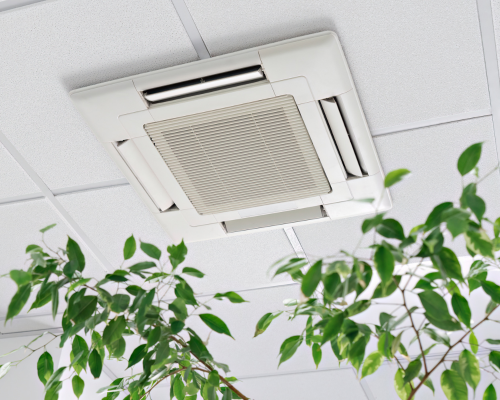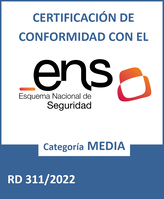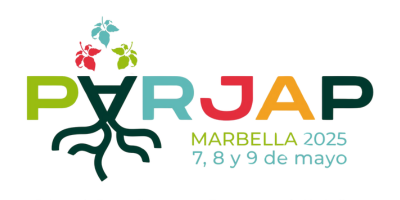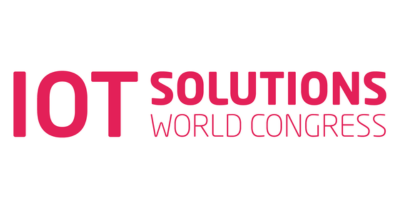Spring brings a rebirth in nature, but it also poses a challenge for those who suffer from seasonal allergies. Indoor spaces are not exempt from these annoyances, especially when it comes to offices where we spend a large part of our day. Maintaining air quality in these areas is crucial to the health and well-being of employees. In this article, we will explore how Internet of Things (IoT) technologies are revolutionizing the way we approach this problem, offering innovative solutions to create safer, allergy-free workspaces this spring.
Allergy and work productivity
Incessant sneezing, nasal congestion, horrible itchy eyes, exhaustion… Sounds familiar to you, right? It is the allergy making an appearance one spring further. Allergy symptoms can completely alter the lives of those who suffer from it. Normally, during the hours when pollen levels are highest, these people may have problems concentrating or maintaining an adequate energy level. These times usually coincide with work hours (morning, noon and early afternoon). In some cases, these symptoms must be treated with medication, which accentuates this exhaustion with side effects.
spring allergies can seriously affect work productivity. In the least of cases, concentration is difficult. In the most serious cases, they can cause absence from work.
Is there anything I can do to alleviate these effects in my office? The answer is yes! The Technology is a great help to measure air quality in closed spaces and, thus, develop a healthier and more comfortable work environment.
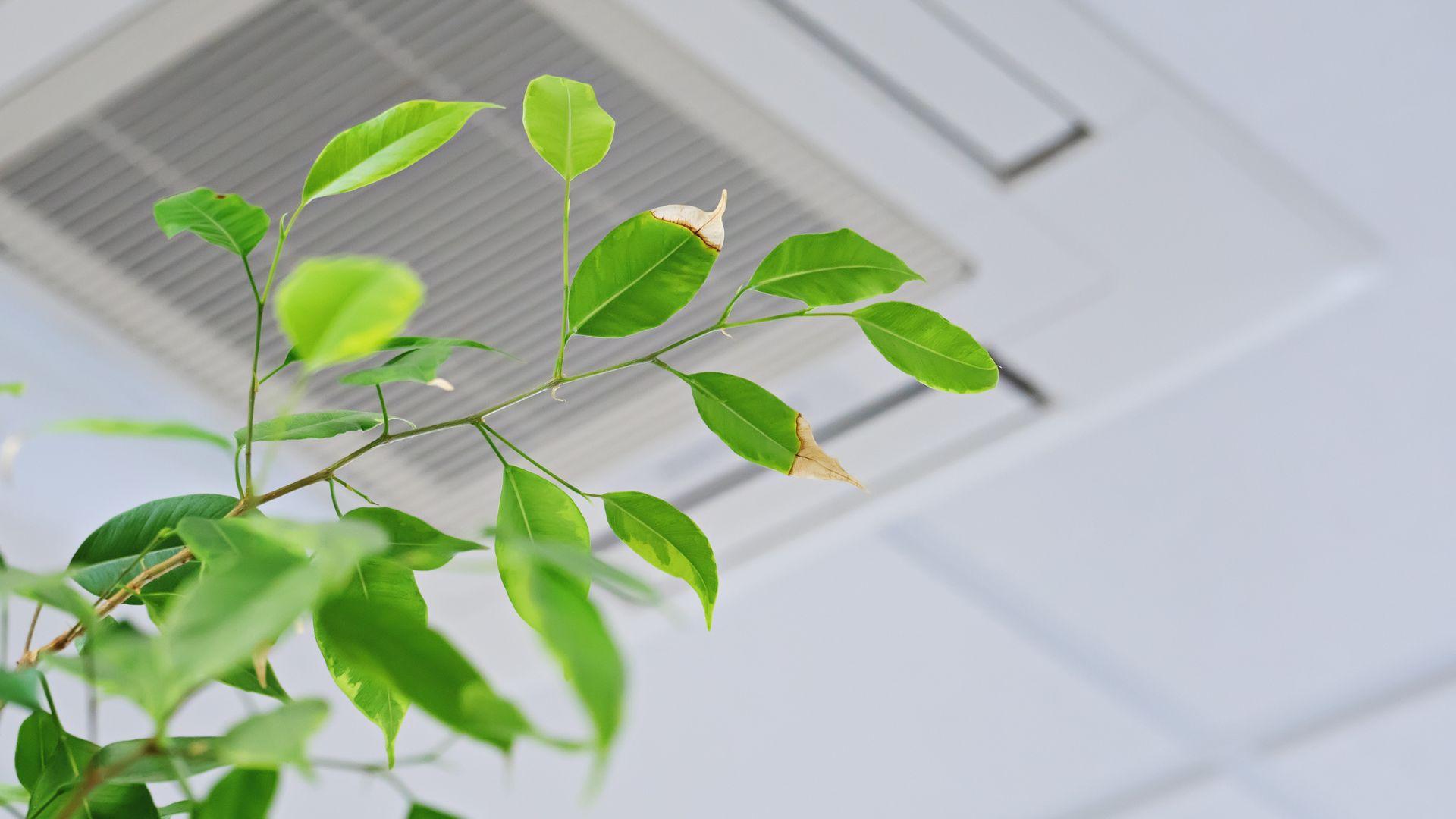
The importance of indoor air quality
Before we dive into IoT-based solutions, it’s important to understand why indoor air quality is a significant concern. Enclosed spaces, such as offices , tend to accumulate a variety of contaminants that can affect the health of the people who occupy them. These contaminants include dust, mites, pollen, volatile organic compounds (VOCs), and fine particles, among others. Exposure to these pollutants can trigger a variety of health problems, ranging from mild irritations to more serious respiratory problems.
Additionally, allergens like pollen can be especially problematic during spring , when plants begin to bloom and release pollen into the air. For people who suffer from seasonal allergies , this can result in annoying symptoms such as sneezing, itchy eyes, nasal congestion, and difficulty breathing. In an office environment, where employee productivity and well-being are critical, it is crucial to address these issues and create a safe and healthy work environment.
3 IoT technologies to improve indoor air quality
Fortunately, IoT technologies are providing new ways to monitor and control indoor air quality , allowing companies to create healthier, allergy -free work environments. These technologies use a variety of sensors and connected devices to collect data on air quality and take action to improve it. Below, we will explore some of these solutions.
1. Air quality sensors
Air quality sensors are compact devices that can measure several important air parameters, such as temperature, humidity, and CO2 levels . These sensors can be installed in different areas of an office to provide a complete picture of air quality throughout the space. Most of these devices are connected to an IoT network, allowing office administrators to monitor contaminant levels in real time and take corrective action as necessary.
For example, if CO2 levels are high, sensors can alert employees to take steps to improve ventilation and reduce exposure. Wiinspire by OdinS is a WiFi datalogger for monitoring:
- CO2
- room temperature and room humidity
- thermal sensation
- Outdoor weather data with Wifi communication interface.
2. Air purifiers
Smart air purifiers are devices designed to filter the air and remove contaminants such as dust, pollen, mites, and VOCs. These devices use high-efficiency filters, such as HEPA filters and activated carbon filters, to trap particles and neutralize unwanted odors. What sets smart air purifiers apart is their ability to connect to an IoT network and be controlled and monitored remotely.
For example, smart air purifiers can automatically adjust their fan speed and filter settings based on data provided by air quality sensors. This means that the devices can dynamically adapt to changing environmental conditions, ensuring effective air purification at all times. Additionally, smart air purifiers can also provide detailed reports on air quality and device performance, allowing office managers to track the effectiveness of their air quality control measures.
3. Smart ventilation systems
Proper ventilation is essential to maintaining indoor air quality , helping to remove airborne contaminants and maintain a fresh, healthy environment. Smart ventilation systems use IoT sensors to monitor air quality and automatically adjust fan speed and settings as needed.
For example, if carbon dioxide (CO2) levels in a room increase due to human occupancy, sensors can activate additional fans to increase air circulation and reduce CO2 concentration. Likewise, if sensors detect high levels of humidity, they can activate exhaust fans to reduce humidity and prevent the growth of mold and mildew.
In conclusion, air quality in closed spaces, such as offices, is a fundamental aspect to ensure the health and well-being of employees, especially during the spring allergy season. Internet of Things (IoT) technologies are playing a crucial role in offering innovative solutions to monitor and improve air quality in real time.
Do you need help?
Fill out the form and we will
we will be able to contact you.
Our customer service hours are Monday to Thursday from 08:00 to 17:00, Friday from 08:00 to 15:00. We will try to respond to you as soon as possible.
